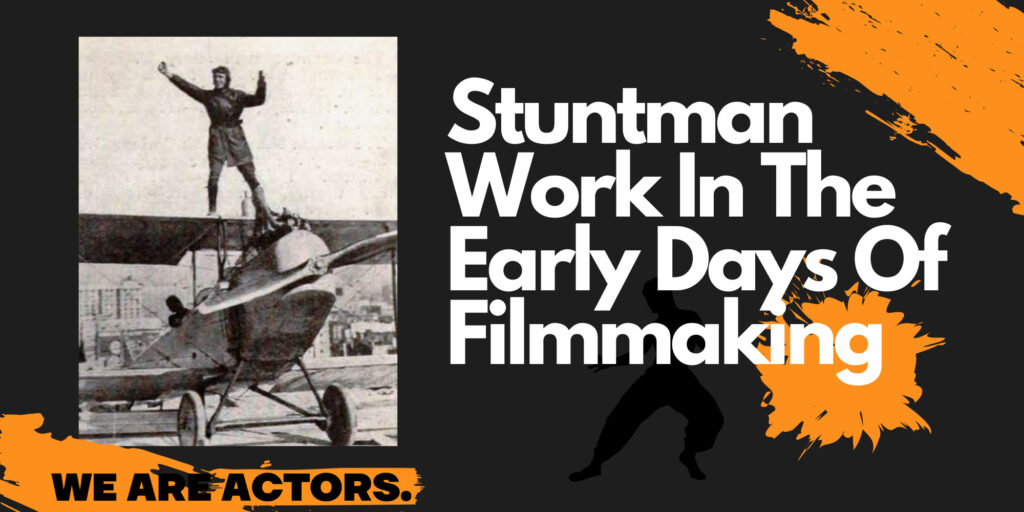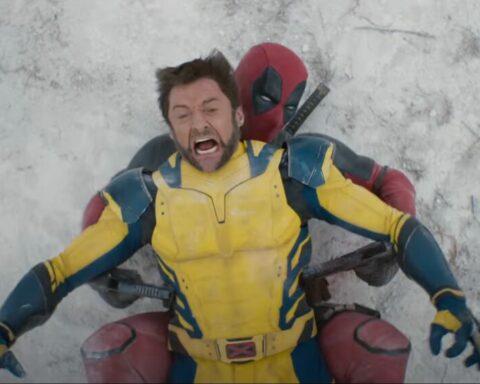
At the dawn of cinematography, at the beginning of the last century, the profession of stuntman as such did not exist. Back then, if directors and producers needed performers for extreme scenes, they took people literally from the street.
Also, volunteers agreed to perform such stunts for free. The very idea that they would get into “moving pictures” was already enough motivation for them to do so.
The first documented case of a paid stunt occurred only in 1908 – then on the set of the movie “The Count of Monte Cristo” an unknown acrobat was paid five dollars for jumping off a cliff into the sea.
Stuntmen of those times had no insurance and protection – daredevils could only rely on their own experience and skills. Therefore, the first performers of stunts in movies were former circus performers and cowboys, who were forced to look for new jobs en masse after the decline of the Wild West era.
One of them was Frank Hanaway, a man who is considered to be the first stunt double in history. He began his career in 1903 in the movie “The Great Train Robbery” and became famous for learning how to fall off a horse while remaining completely unharmed.
Before the advent of sound films, elaborate stunt work was most often seen in slapstick comedies, usually performed by the actors themselves. Comedians like Buster Keaton and Harold Lloyd were famous for visual humor, built on acrobatic techniques.
It was Harry Lloyd, in the 1929 movie “Safe at Last!” 1929, performed the first stunt that utilized various safety measures in preparation for it.
In the story, Lloyd’s character climbs the wall of the Atlantic Hotel in Los Angeles. Despite the fact that the stunt was filmed at quite real heights, the creators of the movie for the first time in history took a number of precautions: under the actor they hid a platform with a soft mattress, under his clothes there was a soft corset, and Lloyd himself was attached to the building with a hidden rope.
However, the authors did not do it for safety reasons or fear of injury to the main actor. Harry Lloyd was going to perform the stunt “the old-fashioned way”, without insurance, but the city commissioners of Los Angeles in this case simply would not give them permission to shoot. It turns out, in a sense, the stunt craft in its current form owes its existence to the city services.
The real revolution in the stuntmen’s profession happened in the 30s, when Hollywood producers finally realized the correlation between the income from films and the presence of certain actors in them. The Golden Era of Hollywood began, and with it the concept of “movie stars” was born. Actors began to be saved, in connection with what appeared “doubles” – people who replaced the “stars” in the most dangerous scenes.







